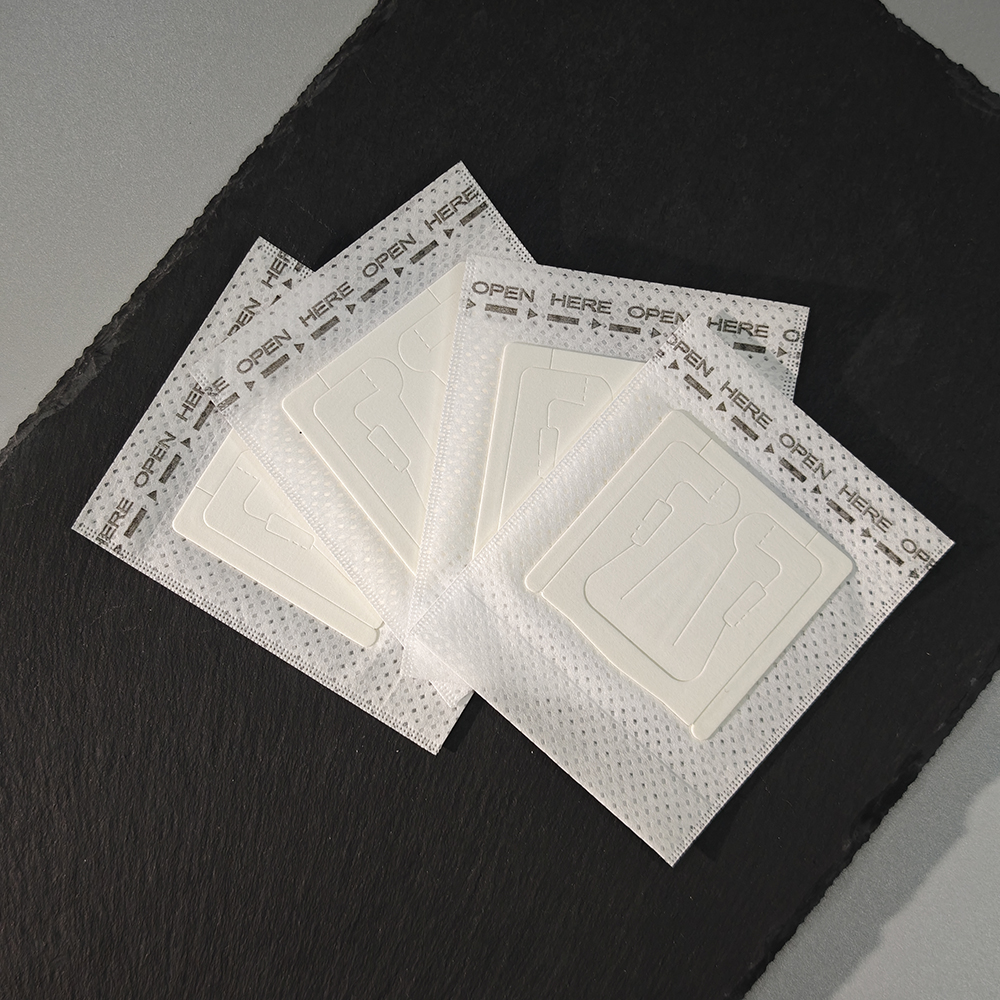I. Introduction
Drip coffee filter bags have revolutionized the way people enjoy a single cup of coffee. The material of these filter bags plays a significant role in determining the quality of the brewing process and the taste of the final coffee. In this article, we will explore the materials of various models of drip coffee filter bags, namely 22D, 27E, 35P, 35J, FD, BD, and 30GE.
II. Model-specific Material Details
Model 22D
The material of 22D is a carefully selected blend of natural fibers. It offers a good balance between filtration efficiency and durability. The fibers are processed in a way that they can effectively trap the coffee grounds while allowing the coffee essence to flow through smoothly. This model is known for its consistent performance and is suitable for a wide range of coffee bean varieties.
Model 27E
27E stands out as it uses imported materials. These imported materials are of high quality and are often sourced from regions with a long history of coffee culture. The material has a unique texture that contributes to a more refined filtration. It can extract the subtler flavors and aromas from the coffee beans, providing coffee enthusiasts with a more sophisticated coffee-drinking experience.
Model 35P
35P is a remarkable model as it is made of biodegradable materials. In an era where environmental concerns are at the forefront, this feature makes it an attractive choice. The biodegradable material breaks down naturally over time, reducing the environmental footprint. It still maintains a decent level of filtration performance, ensuring that the coffee is free from excessive grounds.
Model 35J
The material of 35J is engineered to have a high tensile strength. This means that the filter bag is less likely to tear or rupture during the brewing process, even when dealing with a large amount of coffee grounds or a more vigorous pouring technique. It provides a reliable and stable brewing environment.
Model FD and BD
FD and BD share many similarities. They are both constructed with a combination of synthetic and natural fibers. The main difference lies in the grid gap. The grid gap of FD is slightly wider than that of BD. This difference in grid gap affects the speed of coffee filtration. FD allows a relatively faster flow of coffee, while BD offers a more controlled and slower filtration, which can be beneficial for certain types of coffee that require a longer extraction time.
Model 30GE
30GE, like FD, is one of the more budget-friendly options. Despite its lower cost, it still manages to provide a satisfactory filtration performance. The material is optimized to be cost-effective without sacrificing too much on the quality of the coffee extraction. It is a popular choice for those who are price-sensitive but still want a decent cup of coffee.
III. Conclusion
In conclusion, the different models of drip coffee filter bags, each with its own unique material characteristics, offer coffee lovers a wide range of choices. Whether one prioritizes environmental friendliness, flavor extraction, durability, or cost, there is a suitable model available. Understanding the material properties of these filter bags can help consumers make more informed decisions and enhance their coffee-brewing experiences.
Post time: Nov-27-2024













